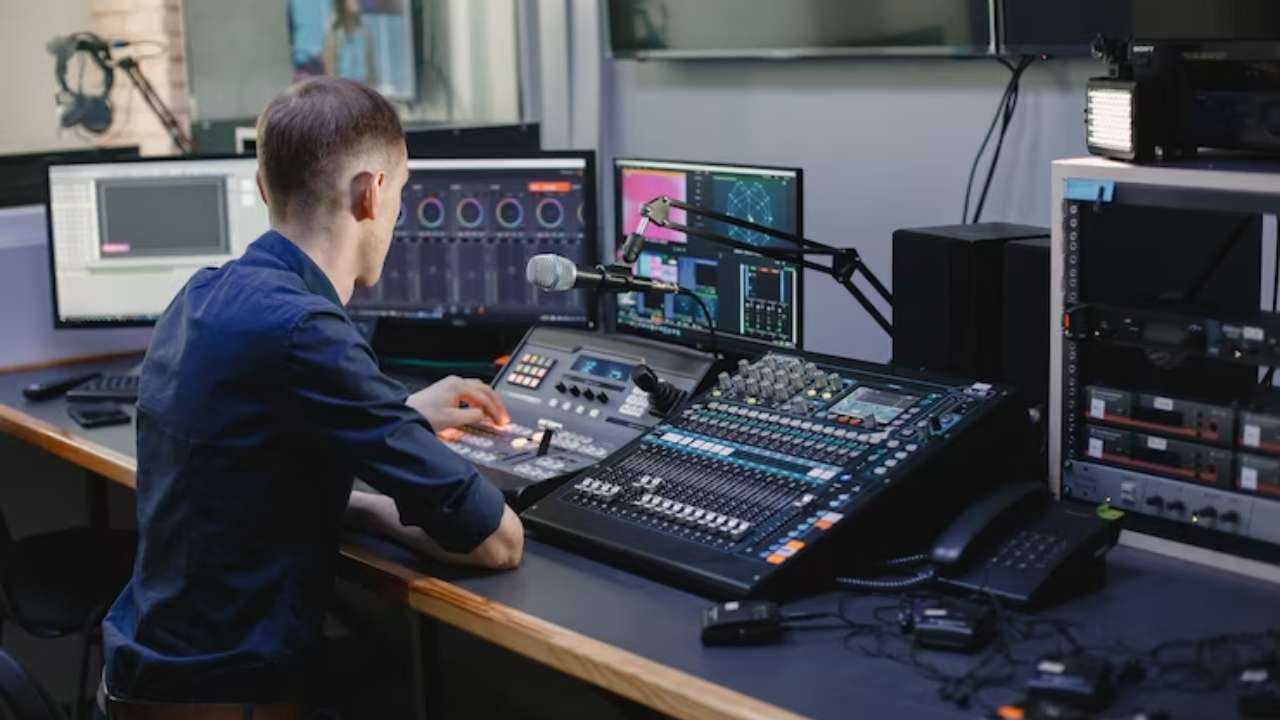Harmonizing Traditional Systems utilizing Cutting-Edge Audio Connectivity Technologies to achieve Enhanced Performance as well as Adaptability.
Harmonizing Traditional Systems utilizing Cutting-Edge Audio Connectivity Technologies to achieve Enhanced Performance as well as Adaptability.
Blog Article
In the current rapidly evolving landscape of audio technologies, the requirement to enhance performance and flexibility in sound systems is increasingly crucial than ever before. Numerous organizations and locations still depend on legacy technologies, which are older solutions that may not have the features of modern devices. Nevertheless, harmonizing these outdated technologies with state-of-the-art audio communication technologies can lead to significant enhancements. Audio networking enables for improved communication between devices, allowing it easier to manage and operate sound across various areas.
A of the primary benefits of combining outdated systems with contemporary audio communication is increased adaptability. Conventional audio technologies often involve complicated cabling and restricted routing choices. With sound networking technologies like Dante or AVB, sound transmissions can be sent over conventional Ethernet connections. This implies that operators can readily link multiple units without the requirement for extensive rewiring. Regardless within a concert venue, a educational theater, or a business event, this adaptability enables for quick modifications and changes to the sound configuration without major downtime.
Quality is a further major element that improves when outdated systems are modernized with up-to-date networking solutions. Outdated systems may struggle to provide high-quality audio, particularly in bigger venues or in challenging events. By implementing sound communication, organizations can leverage of sophisticated features such visit their website as low delay, timing, and digital data management. These improvements help guarantee that audio is clear and consistent, improving the complete experience for listeners and performers alike. This shift can create a noticeable difference in how sound is experienced in various settings.
Moreover, harmonizing outdated systems with modern solutions can lead to financial savings in the extended term. While upgrading to novel equipment may require an upfront investment, the effectiveness gained through sound communication can reduce upkeep costs and decrease the requirement for continuous fixes. Additionally, connected systems often require fewer tangible space than conventional setups, which can save on property costs in locations. Entities can distribute resources more effectively, using the savings they retain to invest in other important fields.
Finally, educating staff on how to operate integrated technologies becomes easier with sound networking. Numerous contemporary audio networking systems come with intuitive interfaces and distant management capabilities. This means that including those who may not extensive technical expertise can learn to operate and control the sound solutions efficiently. Training programs can be designed around these technologies, enabling staff to maintain and diagnose systems with confidence. By combining the old with the new, entities can create a more capable and knowledgeable workforce, ultimately leading to better audio experiences for all concerned.